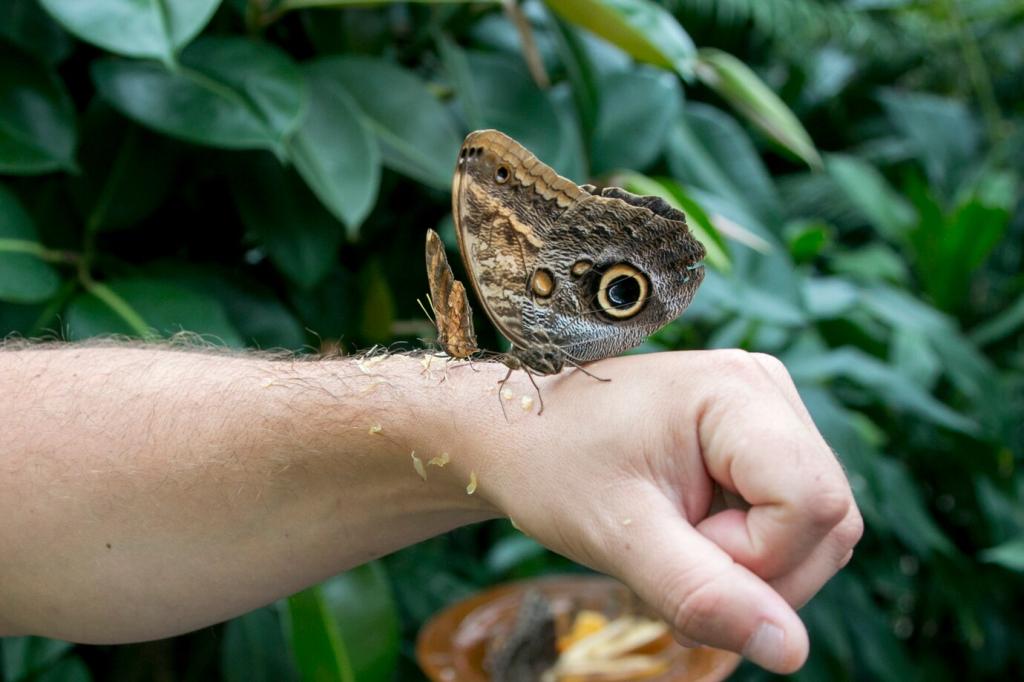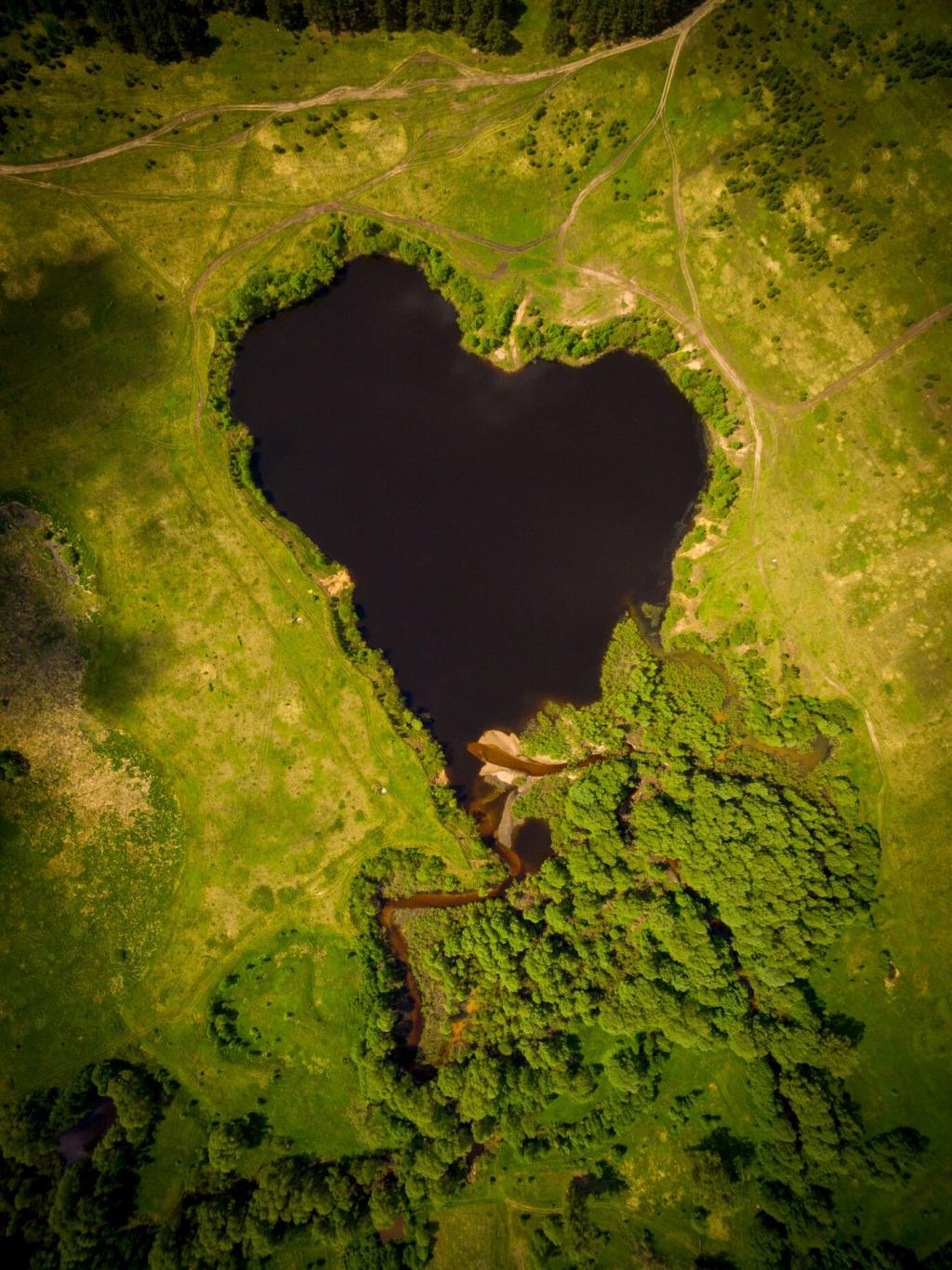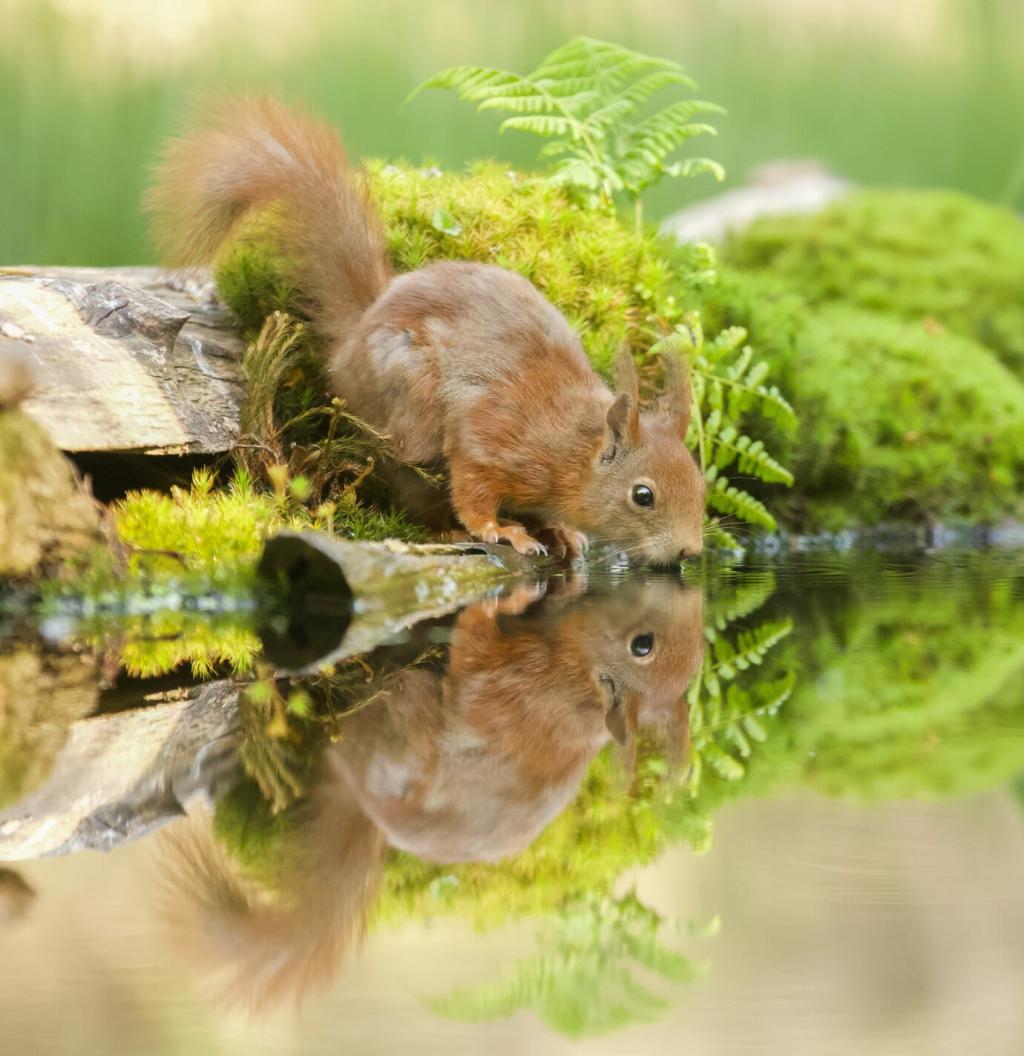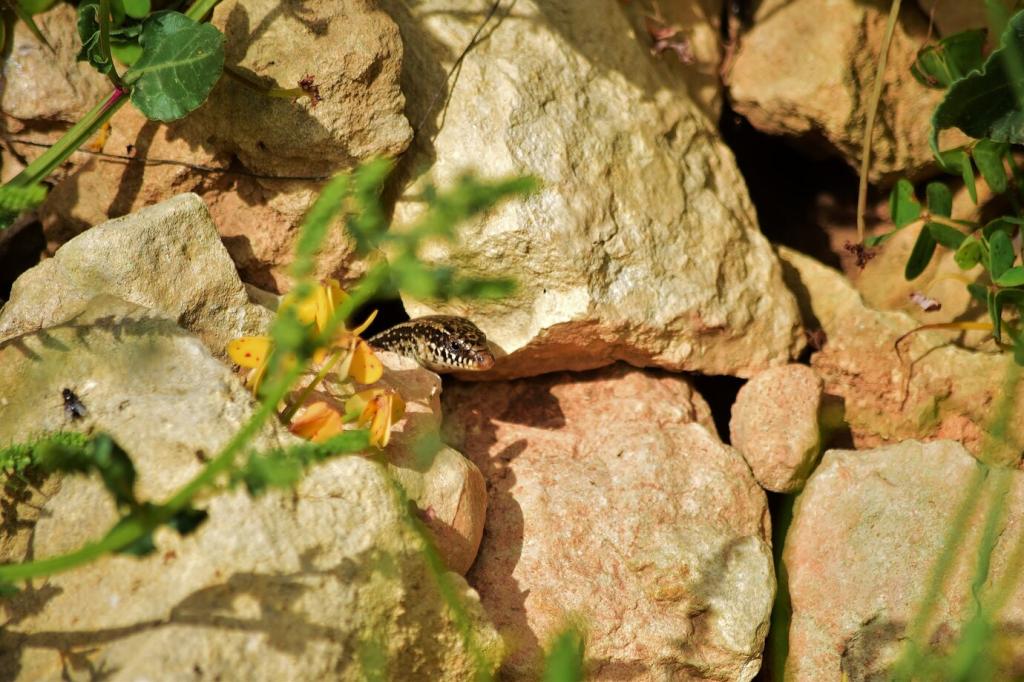What Makes a Habitat ‘Protected’?
Within national parks, wilderness designations, habitat zones, and seasonal closures work together like careful stitches in a quilt, keeping vital nesting grounds, den sites, and migration stopovers intact and undisturbed.
What Makes a Habitat ‘Protected’?
Protected habitats do not end at a fence line. Wildlife corridors and cooperative agreements with neighboring communities allow elk, bears, and birds to move, feed, and breed across broader, healthier landscapes.
What Makes a Habitat ‘Protected’?
Rangers, scientists, and volunteers translate policies into protection through daily monitoring, restoration projects, and patient conversations with visitors who love these places, inviting everyone to share responsibility for their care.





